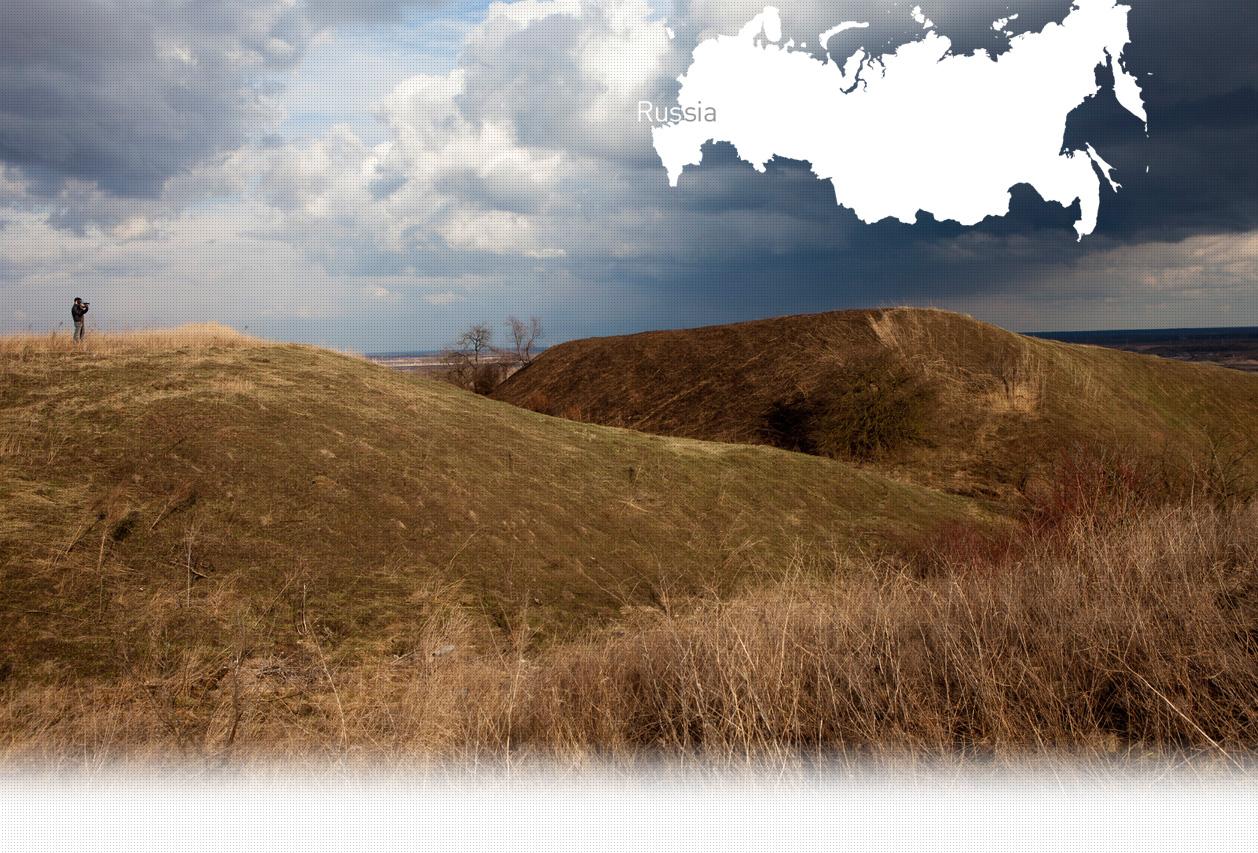

1 Killing site(s)
Nina P., born in 1928: “One day all the population of the town was gathered at the marketplace. A selection was carried out, the Jews were put on one side, and the non-Jewish population on the other side. Then, all the Jews were taken in the direction of the Aleksandrovskiy park where they were forced to dig a pit while the non-Jewish population was released. With other children, we went there to take a look, because we were curious to see where the German soldiers were taking the Jews. We didn’t go to the executions site, because when we heard the rattles of submachine guns coming from that place, we got scared and run away.”(Witness n°450R, interviewed in Pushkin, on September 27, 2014)
“On September 20, 1941, the German authorities brought fifteen people of Jewish nationality to Dvortsovaya Square and shot them to death with sub-machine guns. On September 21, 1941, the Germans also brought twenty-three Jewish children, aged five to thirteen or fourteen, and placed them in line in Pushkin’s Dvortsovaya Square [Dvortsovaya Ploschad]. They ran away in different directions, cried, but the Germans gathered them together again, beat them, and then fired at them with sub-machine guns. Thus, these children were shot to death. The bodies of the fifteen adults and the twenty-three children remained in the square for approximately twelve days [...] The corpses were buried at Dvortsovaya Square, but some of the corpses, five of them, were buried in the garden, opposite the room of Alexander II. [The corpses] were [also] buried in a trench in Ekaterininsky Park. Besides this, I know of a lady, about 22 years old, a Jew by nationality, who used to live at 8/2 Komsomol Street, Pushkin. I do not know her exact name or her father’s name. On October 23, 1941, the German troops brought her to Dvortsovaya Square, and then took her to the park and shot her to death merely because she was Jewish.” [Deposition of a local resident, Ksenia Bolshakova, born in 1902 taken on January 29, 1945, by Extraordinary State Commission (ChGK): GARF 7021-30-1275]
Pushkin, also known as Tsarkoye Selo before the Bolshevik Revolution, is located 25km (15,5mi) north of Saint Petersburg, Russian city located in the northern part of Russia close to the border with Finland. The tsar’s summer palace, the palace of Catherine the Great, has been located in Tsarskoye Selo, as well as the famous Lyceum, from which a significant section of the Russian cultural elite graduated, including Alexander Pushkin. That is why, after the revolution, the town was renamed into Detskoye Selo, and in 1937, Pushkin, marking the one hundredth anniversary of the poet’s death.
The first reference of the Jewish population in Tsarkoye Selo goes back to 1830. Jews who had served in the Tsar’s Army appeared in the town while other Jews were banned taking in consideration that the town was located outside the Pale of Settlement. With time the community increased, a synagogue was opened, and the cemetery was created. During the Soviet period a big number of Jews moved to the big cities, like Saint-Petersburg, former Leningrad, and Moscow, which was located outside the territories of the former Pale, for better social and economic life. Thus, in 1926, 537 Jews lived in Pushkin, but the population was growing constantly due to the proximity of the town to Leningrad.
Pushkin was occupied by the Germans on September 17, 1941, and until 1944 remained a part of the front line, as the Germans did not manage to move further east during the entire Leningrad blockade of 1941-1944. The Jewish population of Pushkin was liquidated in a number of executions conducted in October 1941. On the first day of the German occupation of Pushkin, September 17, 1941, the town’s entire male population aged from 15 to 55, including Jews, was arrested and sent to Gachina, and then to a labor camp in Vyra. Several days later, all the Jews of Pushkin were ordered to register at the building which is now the “Avangard” movie theater. The several hundred people who turned up were then driven to the area opposite the southern building, called the Alexandrovsky building, part of Alexandrovsky Palace, which was situated in Ekaterininsky Park. The Jews – mostly women, children and the elderly – were shot to death by the Germans with assistance of locals, and thrown into a ditch, prepared in advance. According to some sources, the murder operations lasted from the end of September until the middle of October 1941. According to the German reports, the executions were carried out by Einsatzgruppe A. Those Jews who managed to hide during the first action were discovered and taken to the Babolovsky Park, where they were shot somewhere beyond Rozovoye Pole – a former soccer field. According to other sources, at the swampy low-lying areas beyond the Black Ponds. The exact date and the number of victims is unknown.
Do you have additional information regarding a village that you would like to share with Yahad ?
Please contact us at contact@yahadinunum.org
or by calling Yahad – In Unum at +33 (0) 1 53 20 13 17